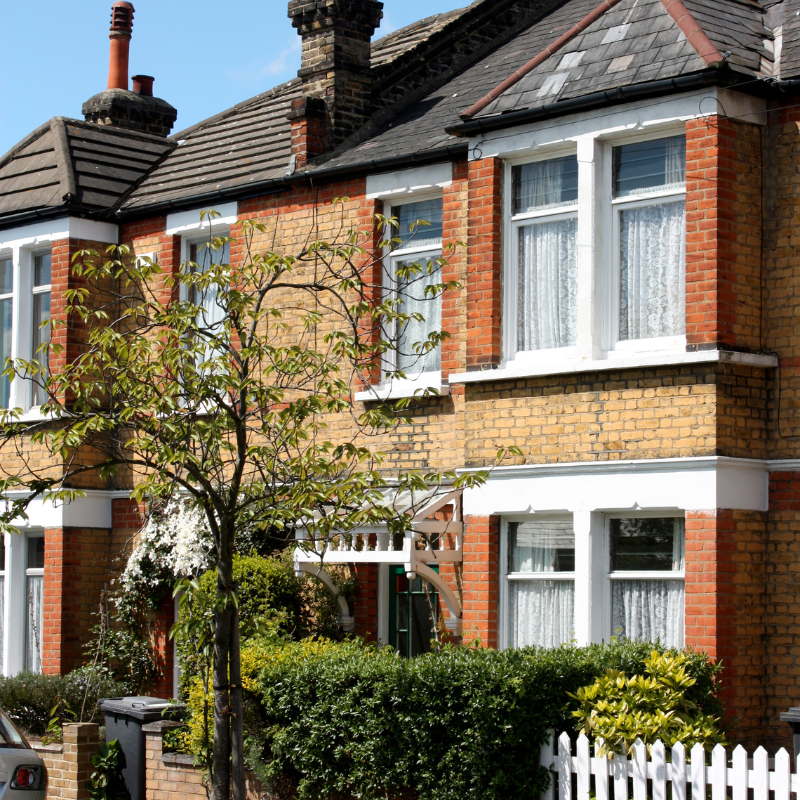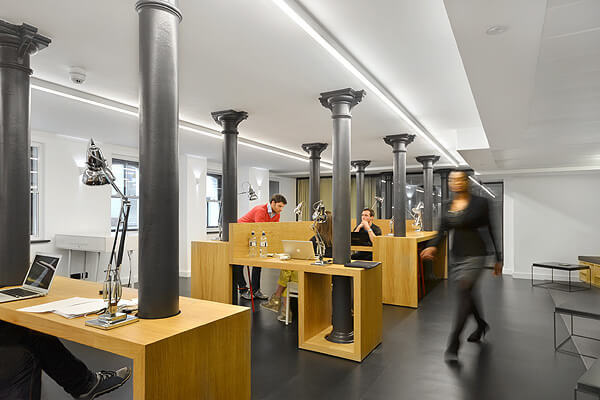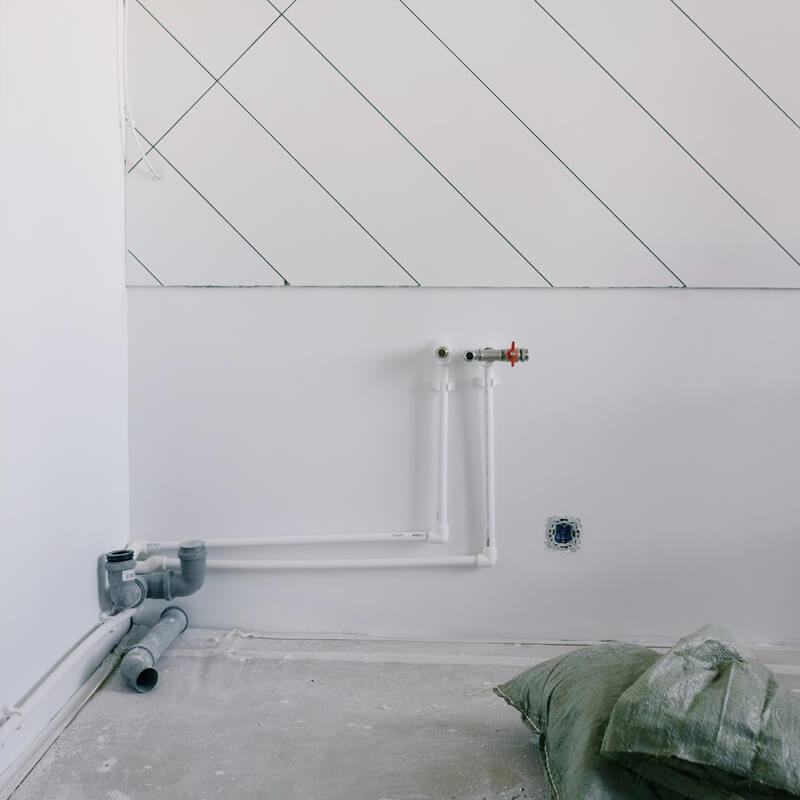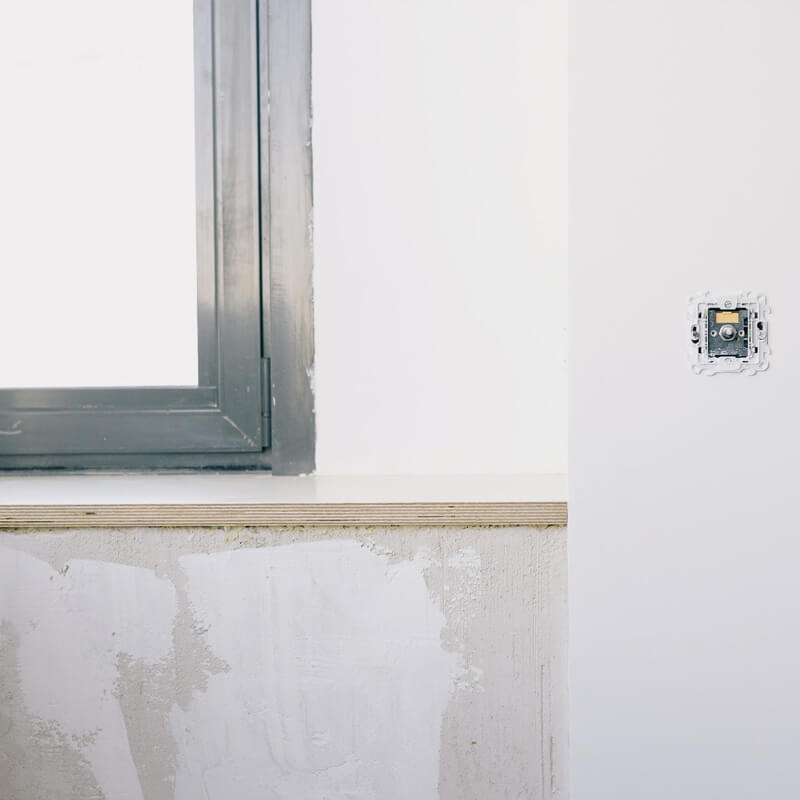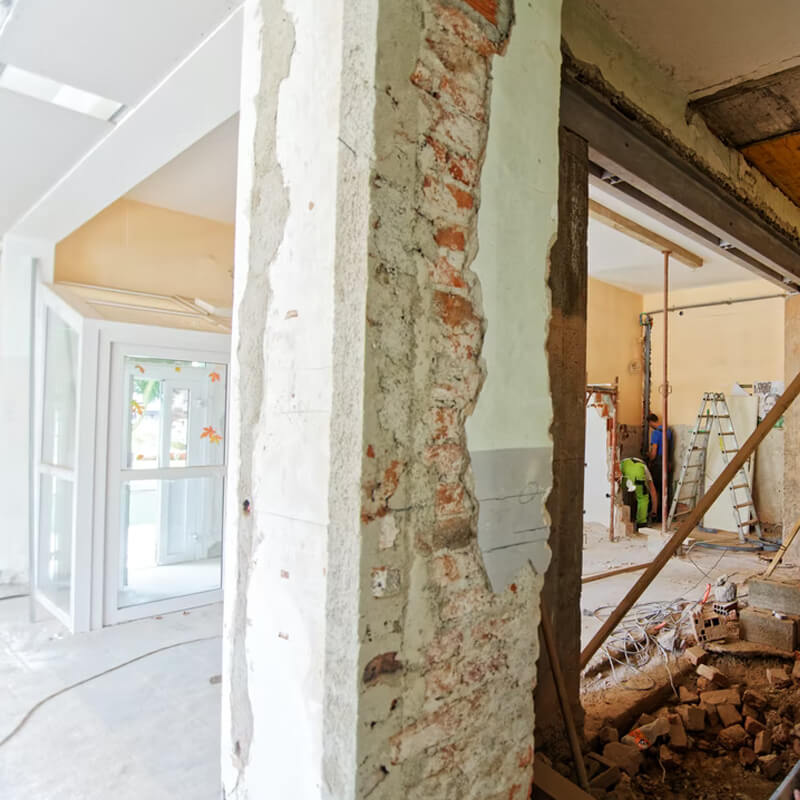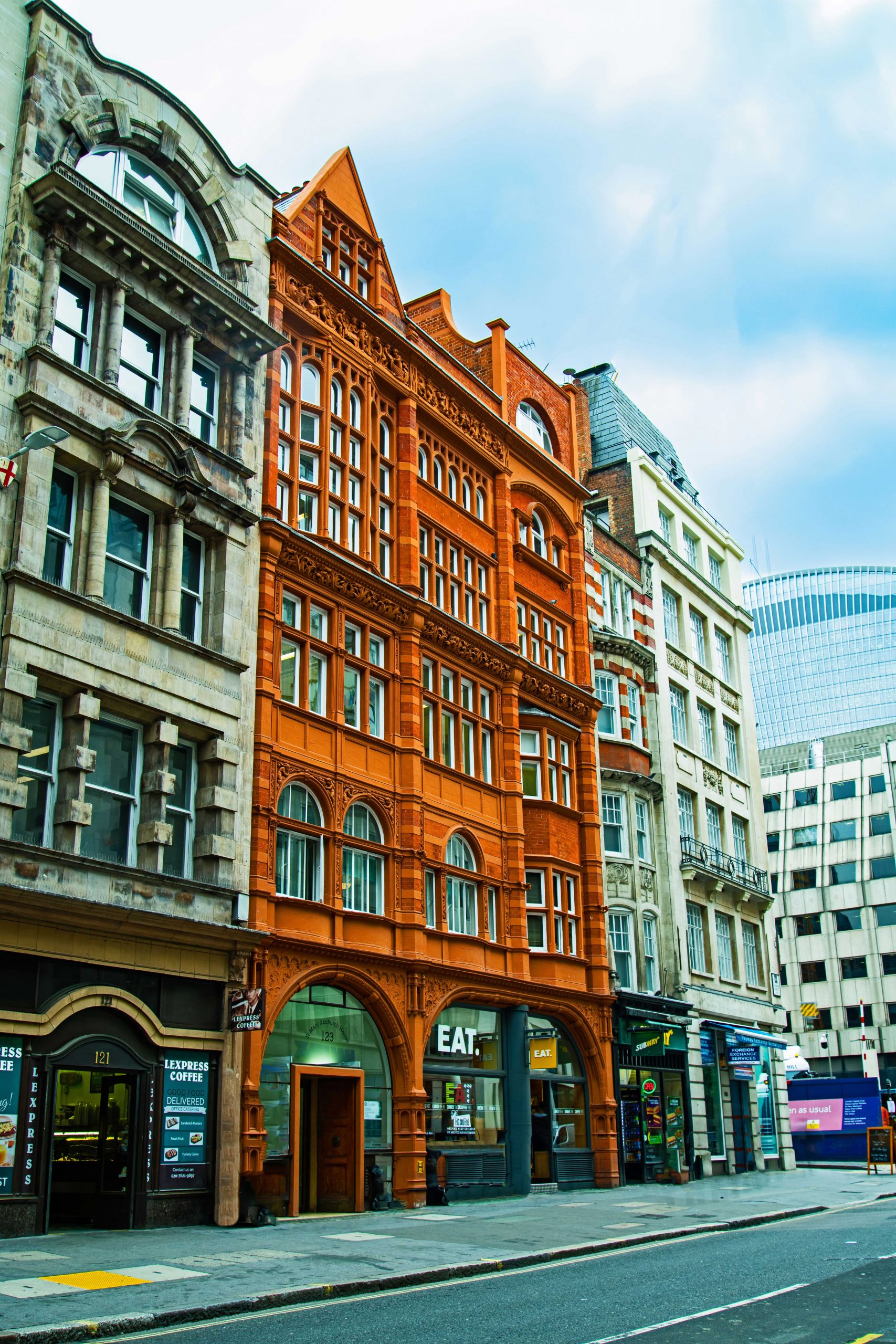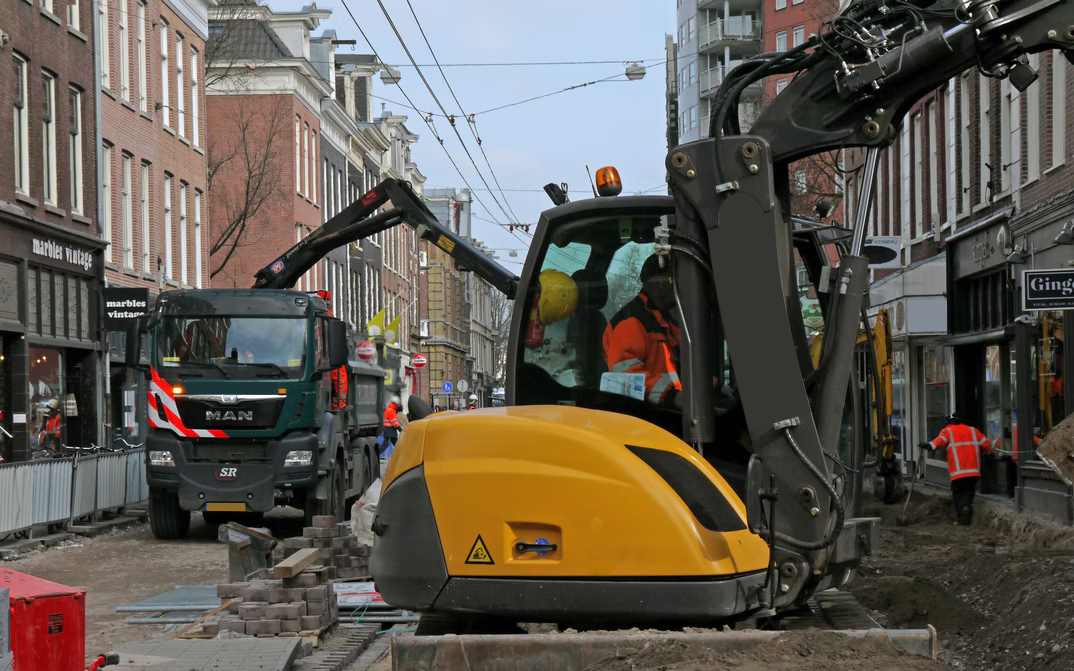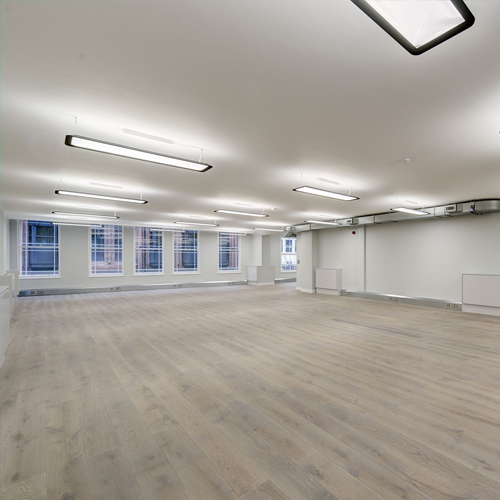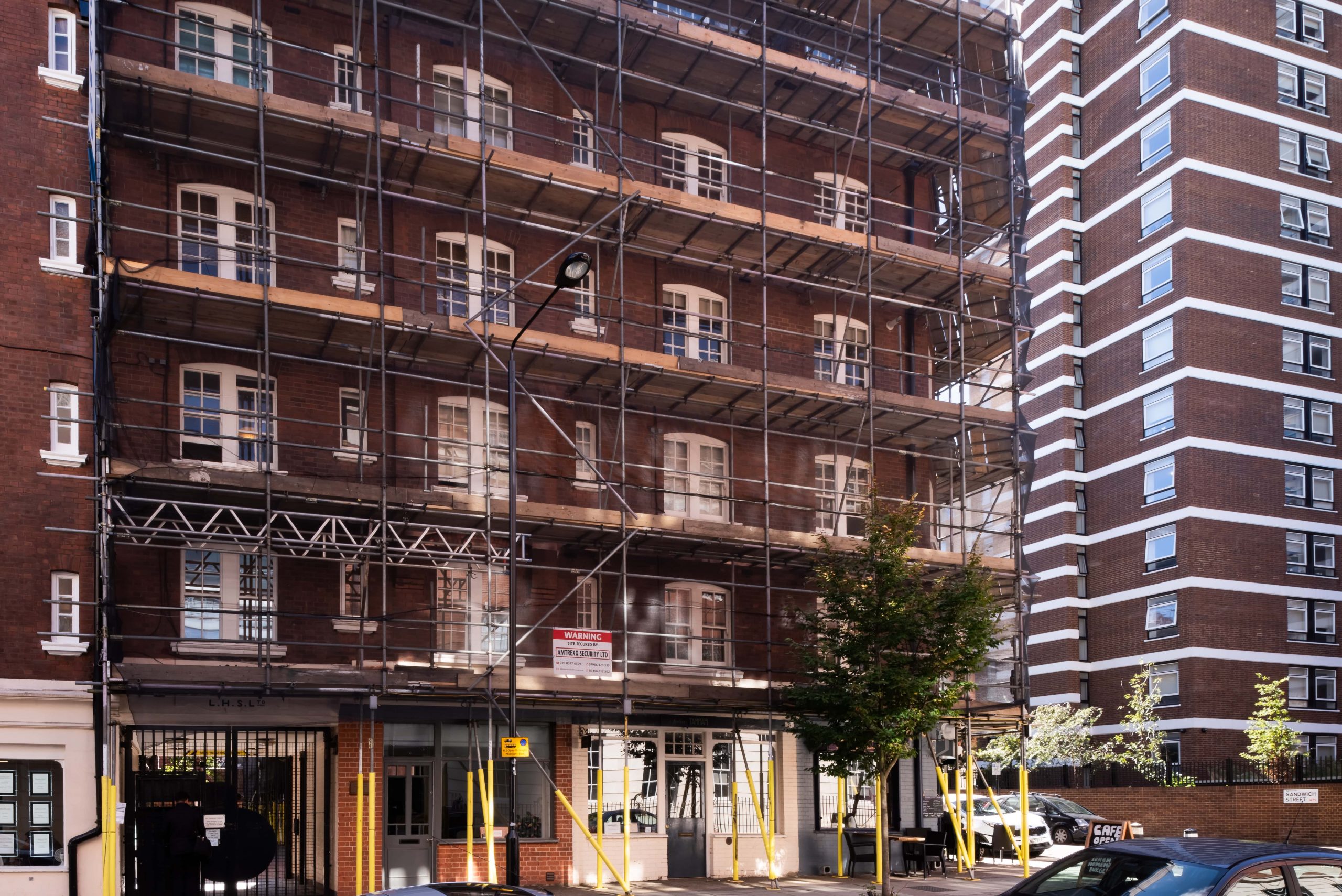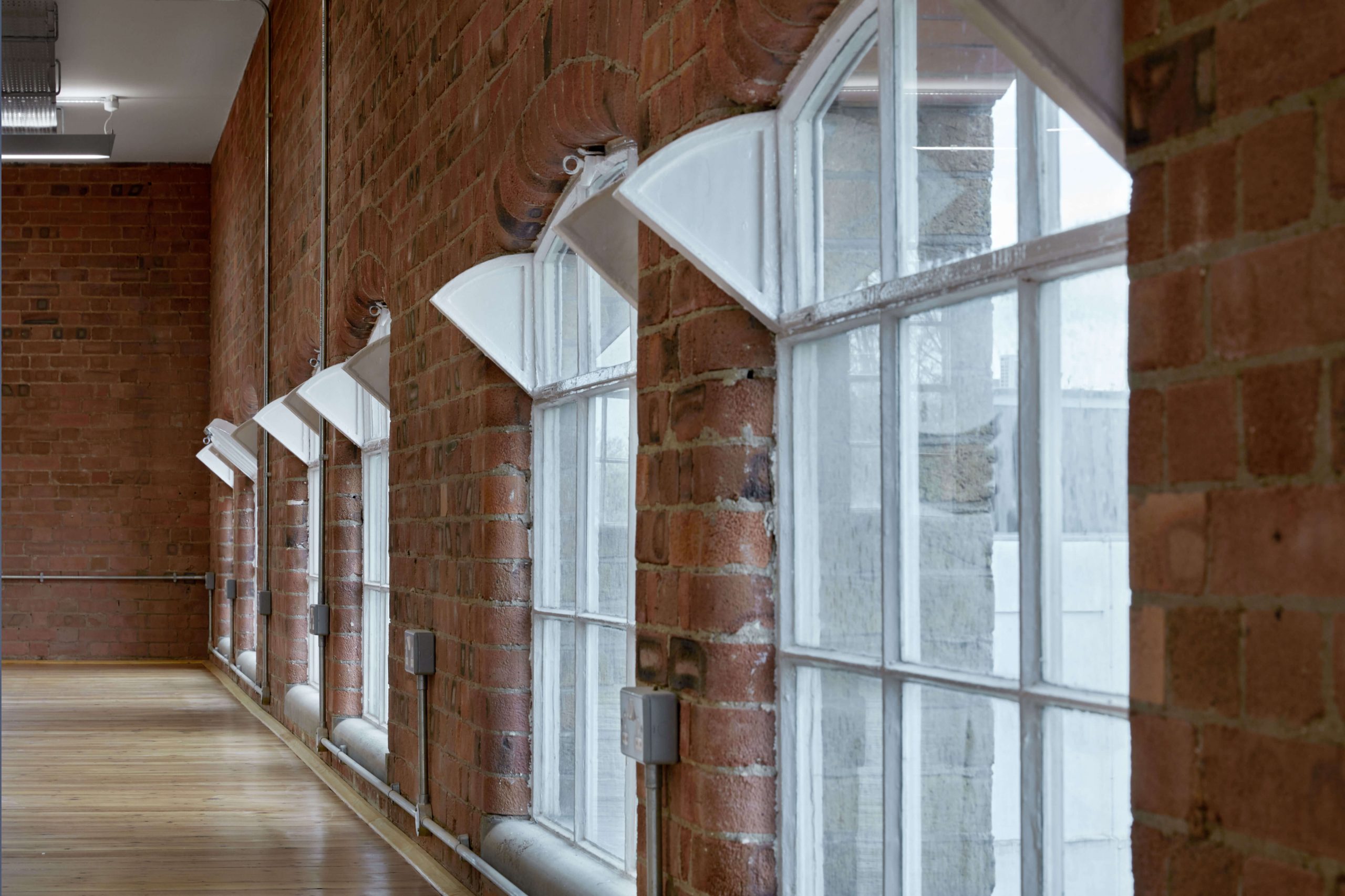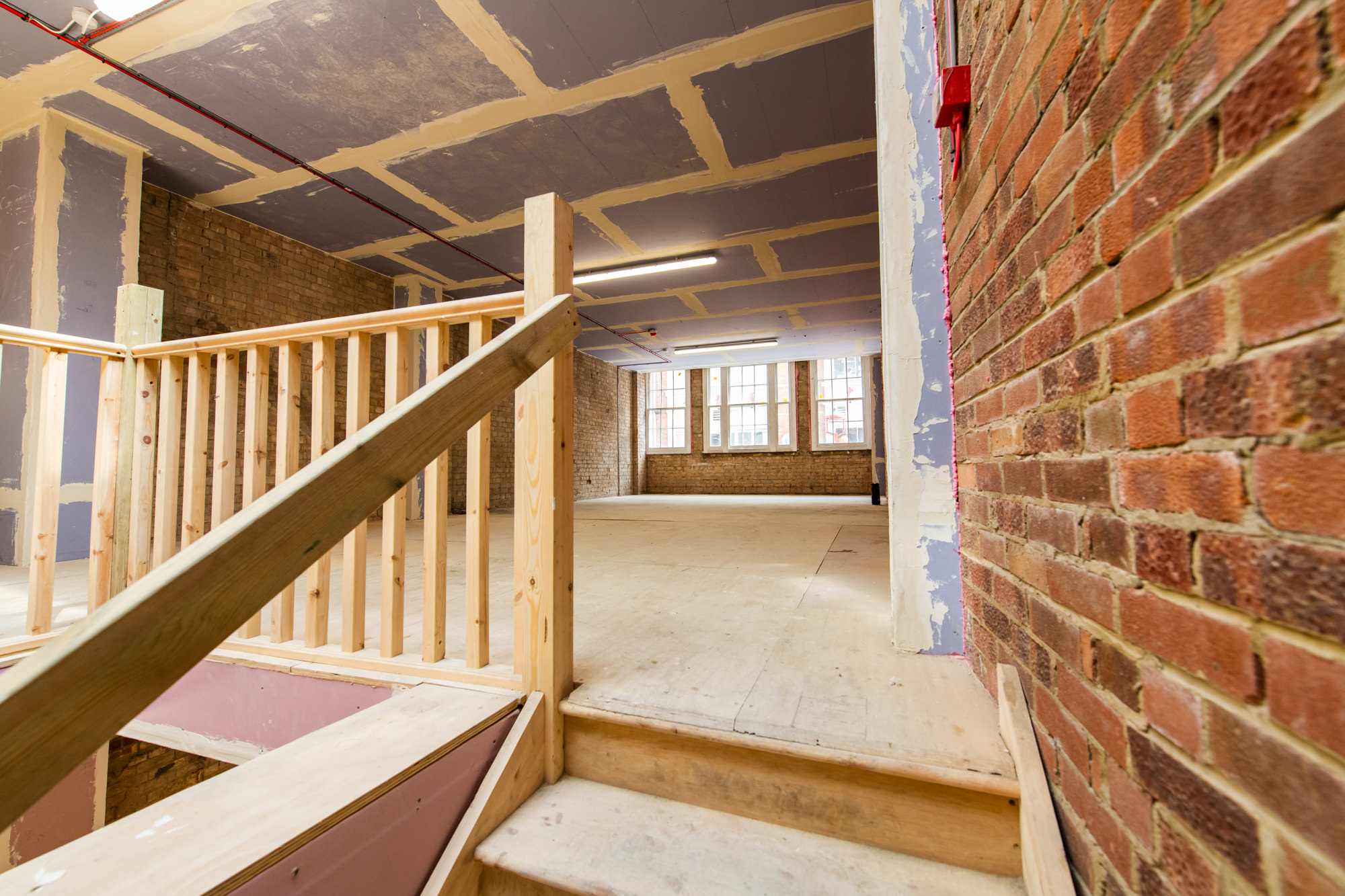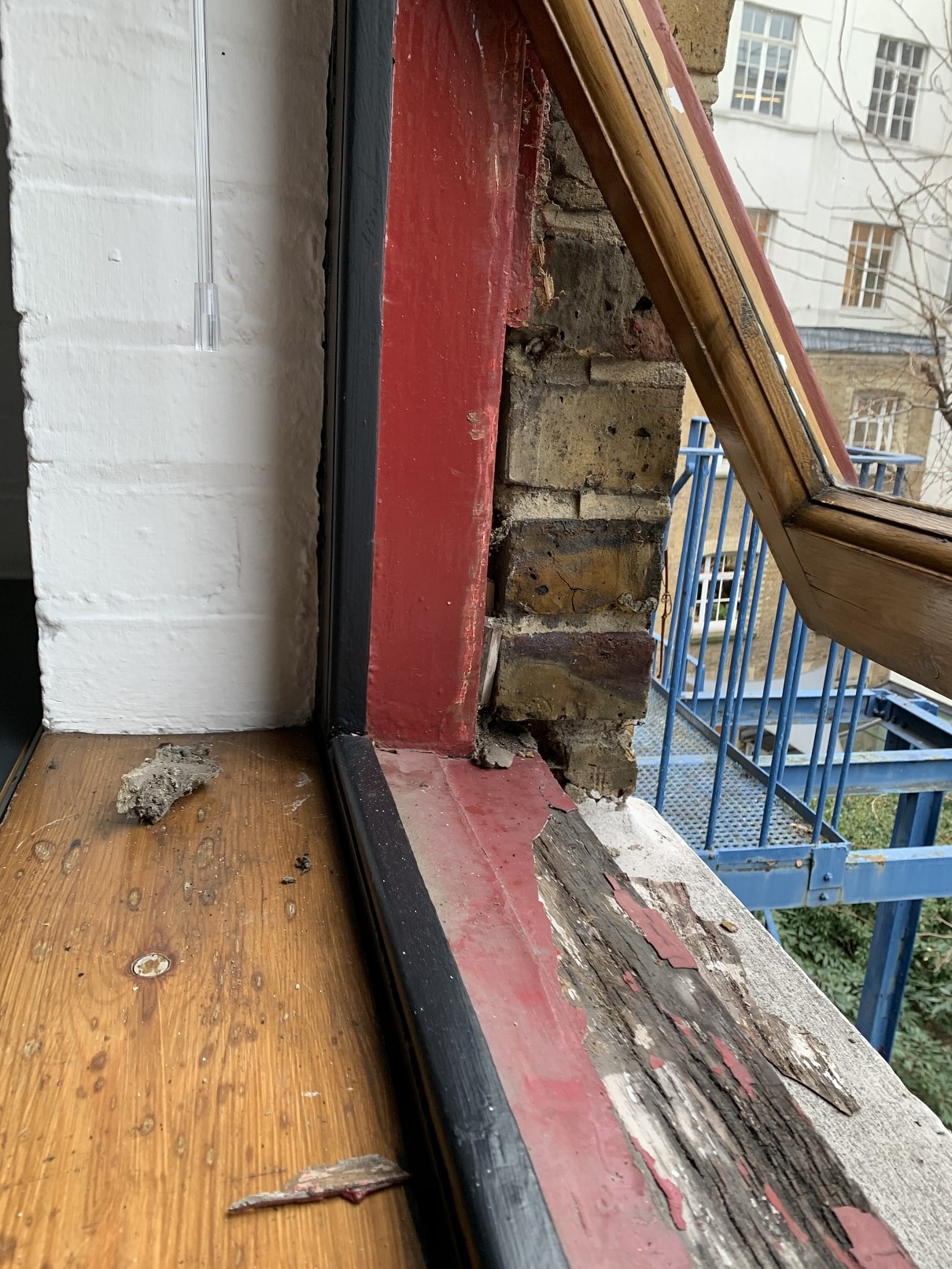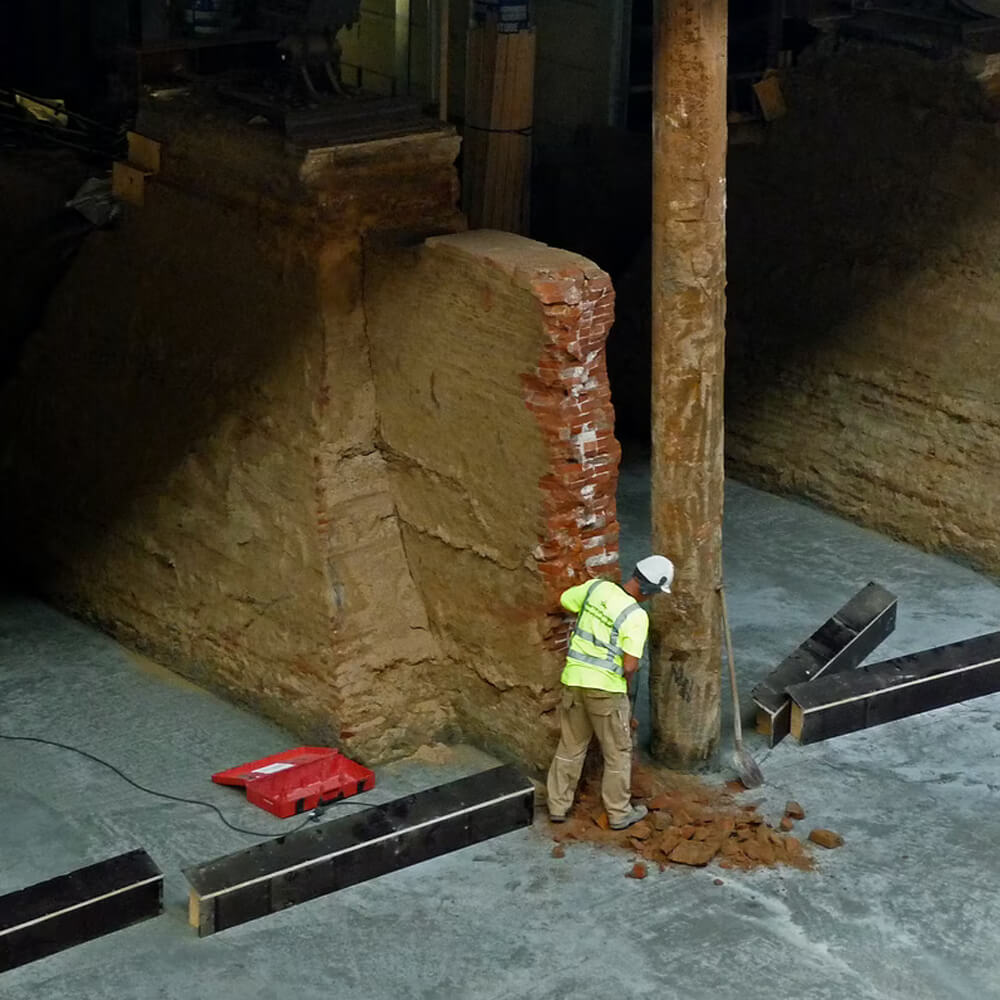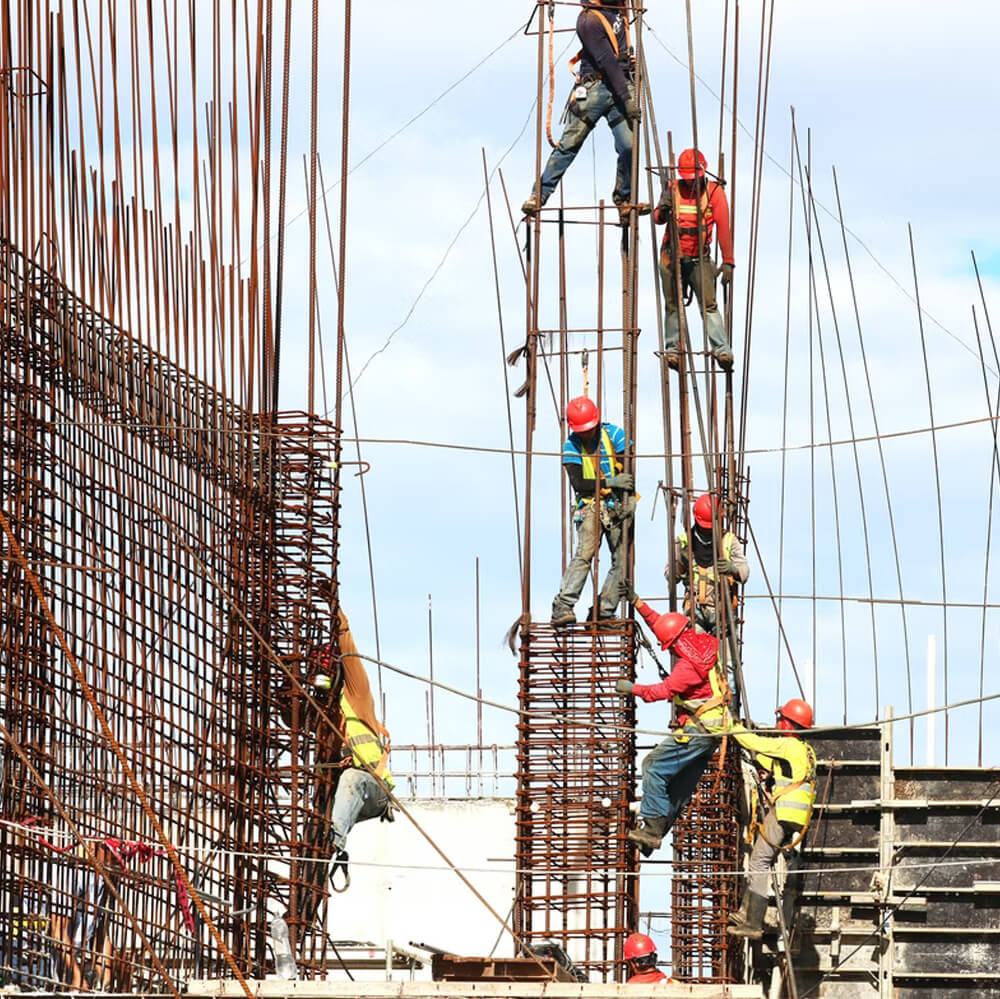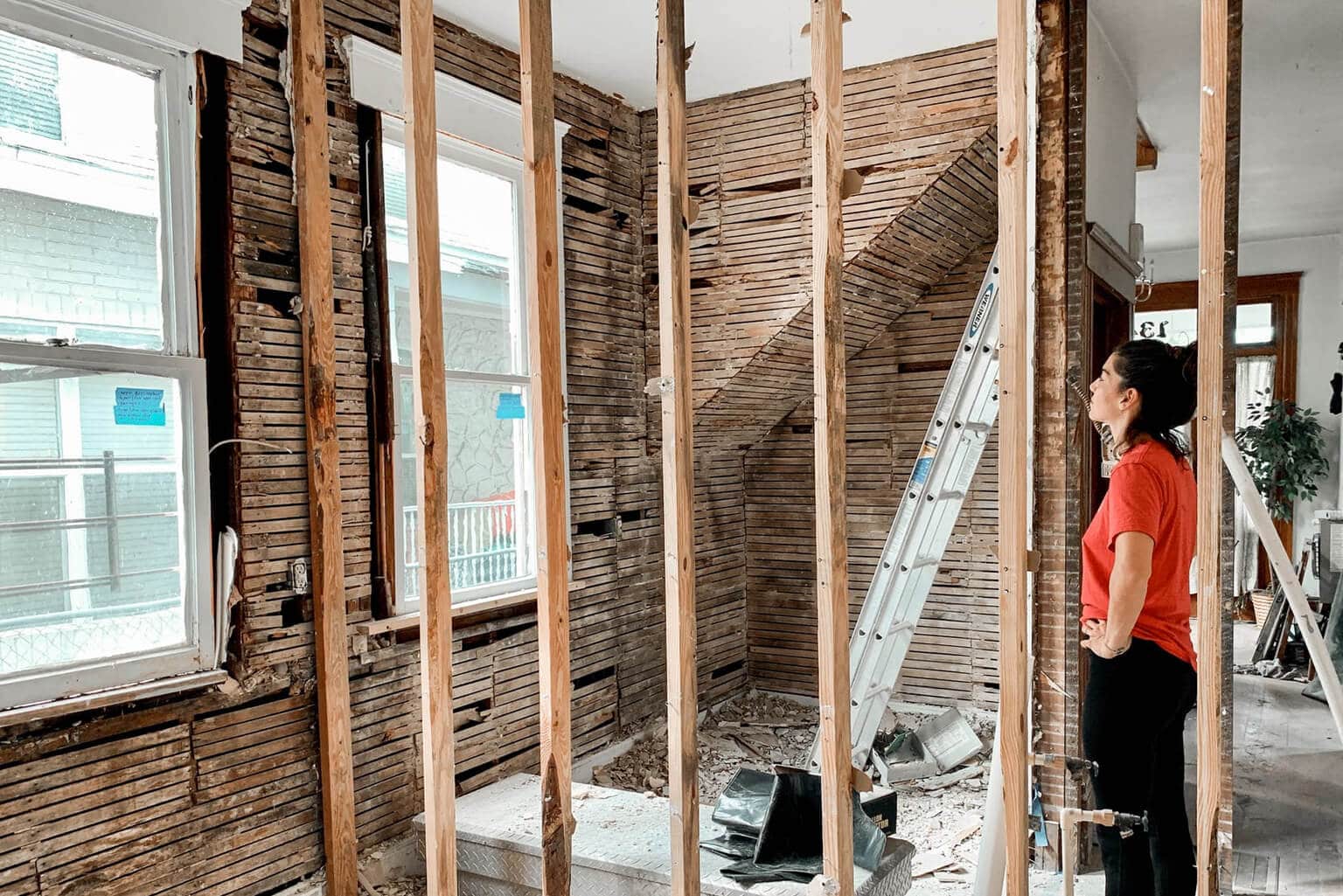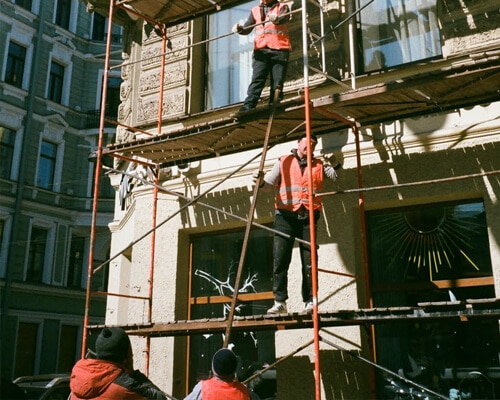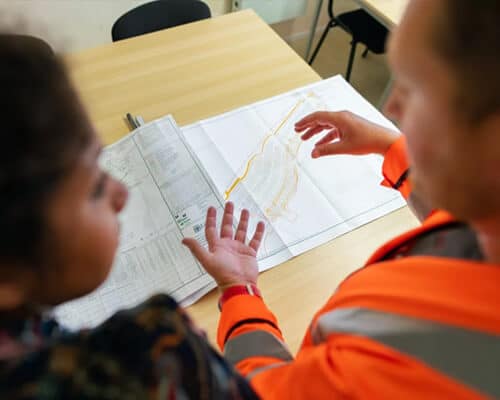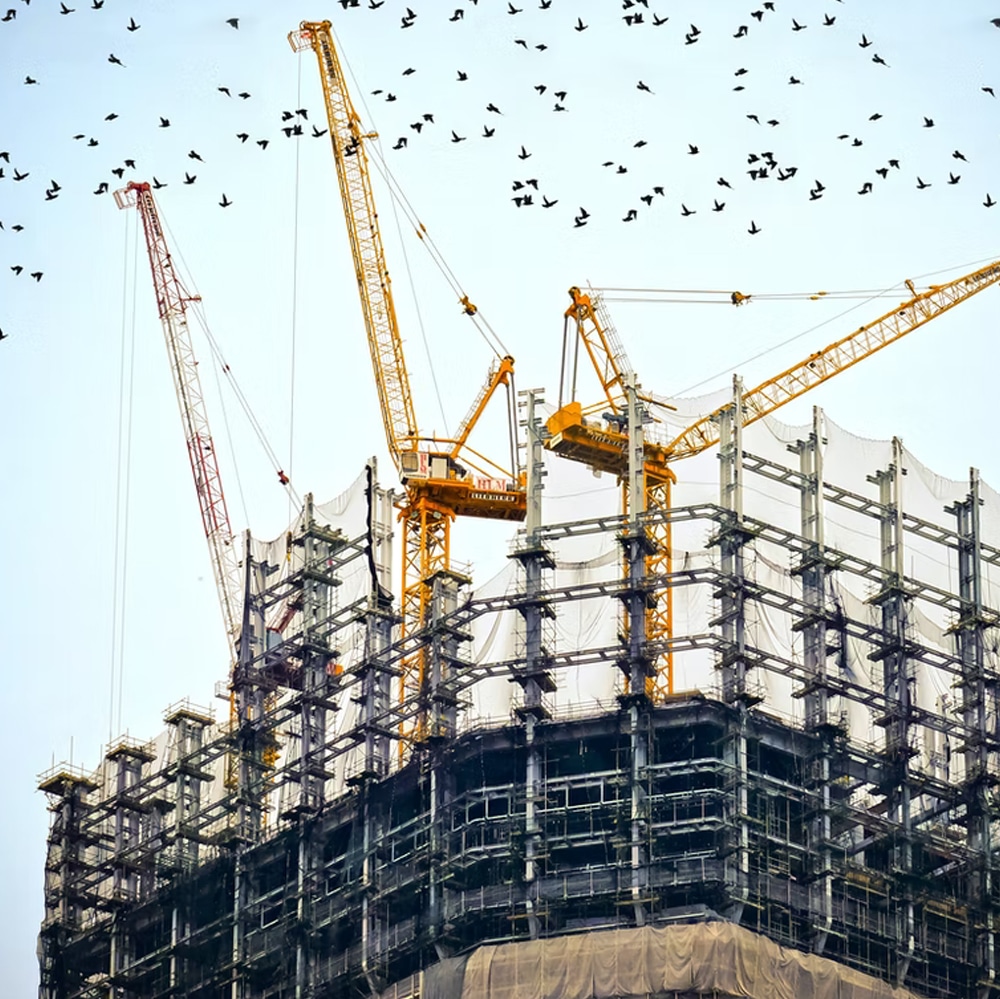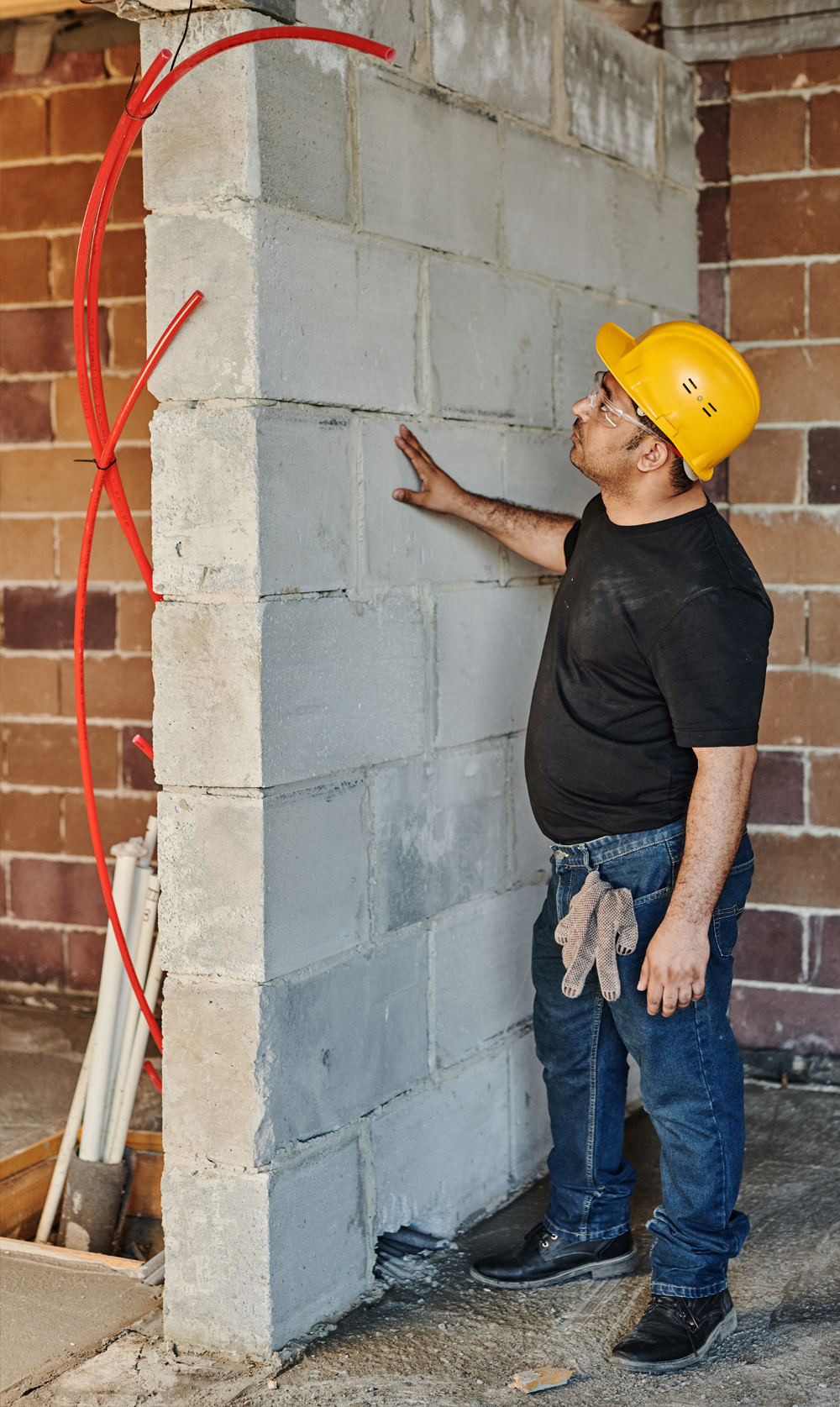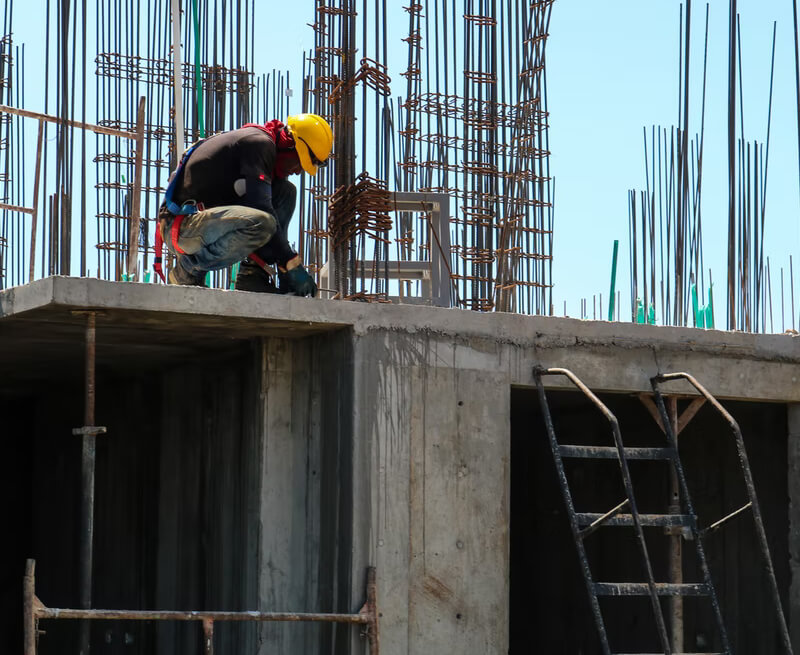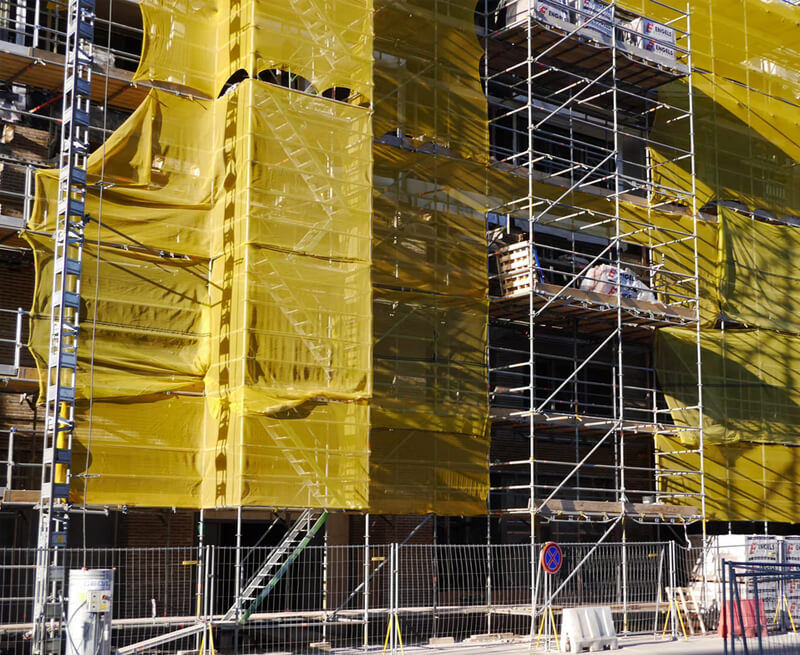Modern Architectural Design in Central London: Trends and Practicalities
Central London isn’t short on impressive architecture. From restored period townhouses to glass-fronted office spaces, the design landscape is constantly shifting. But behind the visuals are careful decisions made to meet modern needs without losing sight of the city’s heritage.
Architectural design here is shaped by more than just aesthetics. It needs to work within tight footprints, limited access, planning restrictions and increasingly ambitious sustainability goals.
How Design is Changing in the Centre of the City
More buildings are being reused instead of replaced. Materials are selected not just for how they look, but for how long they last and how easily they can be sourced. Roof spaces, basements and courtyards are being reimagined to provide usable floor area.
Modern design in London focuses on:
Improving energy performance in existing structures
Creating flexible interiors that support future change
Using natural light wherever possible
Making older buildings more accessible without altering key features

There’s a shift towards doing more with what’s already there. Less demolition. More adaptation.
Trends with a Practical Edge
Design trends only stick when they solve a real problem. In central London, space is limited and demand is high. There’s not much room for ideas that don’t work in practice.

Trends we see being applied
- Slimline window profiles that improve insulation without changing the façade
- Internal reconfigurations to support hybrid working or multi-use spaces
- Exposed services in ceiling voids where new infrastructure can’t be hidden
- Green roofs and planted terraces to add value without expanding the footprint
These features are not just about appearance. They’re often a response to a technical or planning challenge that doesn’t leave much room for error.
Design Within Boundaries
Designers working in Central London often find themselves up against strict limits. You might not be allowed to change the front of a building at all. Or the structure might sit directly on the boundary line with no access for external works.
-
This leads to some creative problem-solving:
Bringing services in through existing risers or voids -
Upgrading insulation from the inside out
-
Coordinating with neighbours on shared walls or access points
-
Designing for minimal disruption in buildings that stay in use during works
It’s not always glamorous, but it’s the part of architectural design that turns ideas into something buildable.

Where Design Meets Delivery
At Fresson and Tee, design is never treated as an isolated phase. We look at what a building needs to do, what the client needs to achieve, and how the space needs to function in five or ten years.
Working closely with our project managers and surveyors, we aim to create schemes that not only get planning approval but can actually be delivered on time, on budget and without constant redesign.
If you would like to discuss more about architectural design in London, please call our office on 020 7391 7100 or email us at surveyor@fandt.com.







